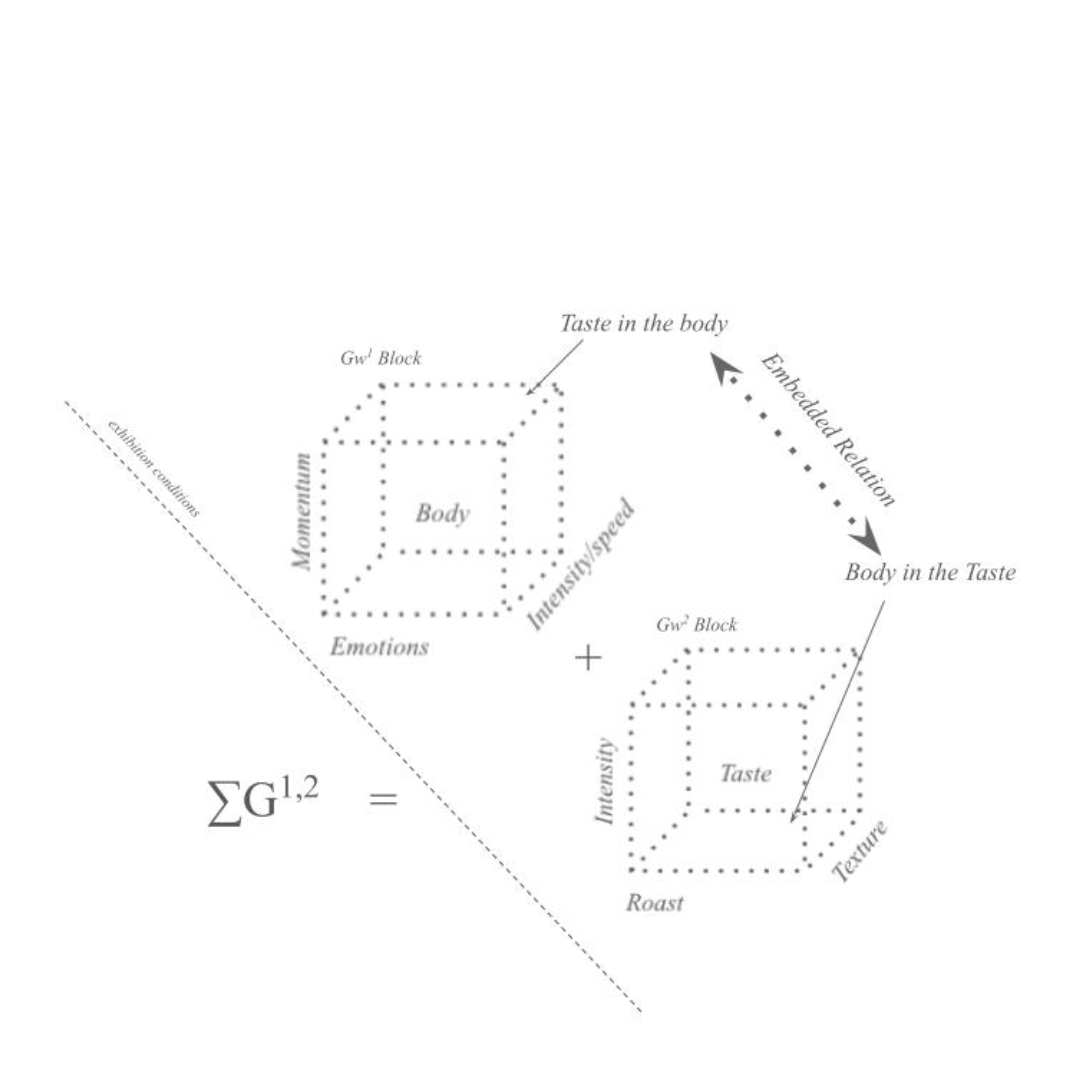- - - - - - - - - - - -
Title: tbc by algorithm
Artists: ██████ █████ ████████ ████
Curator: Jon Smeathers
Group research: December 2023 – March 2024
Exhibition: 13 April – 18 May 2024
“All models are wrong, but some are useful”
- George Box
A speculative project centralised around the generation of a curatorial algorithm.
The ubiquitous integration of algorithmic structures within contemporary society has given rise
to an emergent phenomenon known as algorithmic culture. This cultural paradigm is changing
the contours of society through its control logics and statistical governance that is resulting in a
re-synthesis of human oriented sociocultural attributes. In the realm of creative practices, this
entrenchment of algorithmic structures has introduced a transformative shift, fundamentally
altering the landscape of aesthetic discernment, artistic curation and causing an amplification of
data extractivism. The ability of an algorithm to undertake intensive cyclical learning
approaches, to analyse evolving variations of data sets at light speed alongside the
computational indifference in binary problem-solving is imposing a technological decisionism
while also becoming a conduit for thinking through curatorial methodologies that escapes previous
human orientated limitations.
The algorithmic paradigmatic shift in curatorial methods fosters a departure from traditional,
taste-driven methodologies that often perpetuate elitist conceptions of artistic value or contain vast
knowledge gaps. Not without its systemic problems, algorithmic curation enables guiding
principles to transcend conventional aesthetic canons and groupings, subvert decision making
processes, an ability to alter ingrained bias’ and has the potential to show us something outside
an individual humanalogue perspective. Although, does an algorithmic curation operate with
care or simply does it value making a clear decision quickly more so than it does a thoughtful
one?
Four artists from across Australia have been invited to become ghost workers* in a research group
that will critically analyse the sociocultural implications of algorithmic structures and build a model
for exhibition making. Discussion topics will include ethics, labour considerations, potential biases,
and techniques for data reduction within algorithmic curation. Based on the collective insights
garnered from these discussions, the algorithm will learn to embody and emulate the embedded
categorisation processes of the four individuals alongside the collective’s perceptual boundaries and
their modes of engagement within gallery-based sociotechnology infrastructure.
The algorithm’s dataset will be drawn from interactions across the project’s lifespan including, but
not limited to, private meetings, internal documents, image drops and a public chat forum. The
resulting algorithm will: produce a complex model for considering each artists mode of engagement
within specific exhibition conditions; offer an apparatus for an audience to see how an algorithm can
distinguish the unique qualities of an artist; and, produce a generalised curatorial framework for
future exhibitions that will materialise participants cognitive bias and decision-making processes
even after their death.
A chat group will be utilised by the artists/ ghost workers for testing out and constructing datasets.
The chat group will be updated on an ad-hoc basis. All data entered will be embedded into the
algorithmic dataset. The impact will vary depending on the weighting / filtration systems developed
throughout the project.
*A ghost worker is a human who performs short-term tasks on demand, anonymously, through
automated platforms and the work is disguised as being automated. Artist names have been
redacted to keep in line with the anonymity of a ghost worker.
Project is supported by Contemporary Arts Tasmania: Project Mentor

